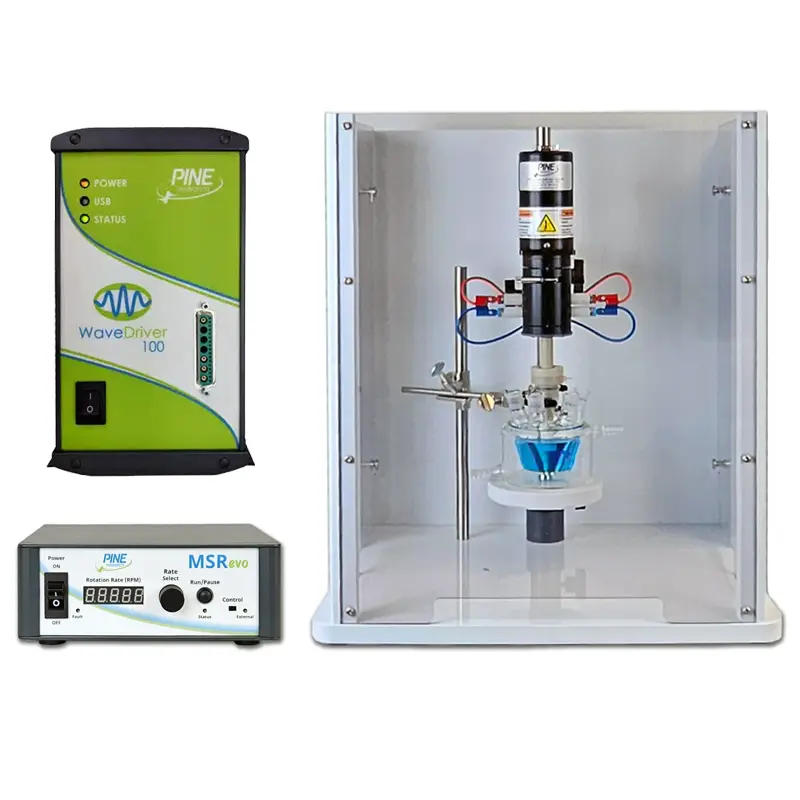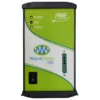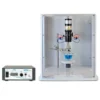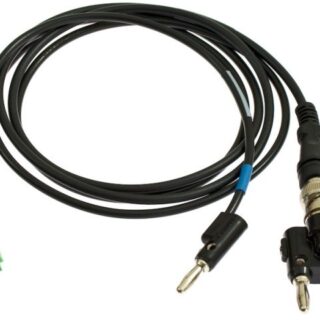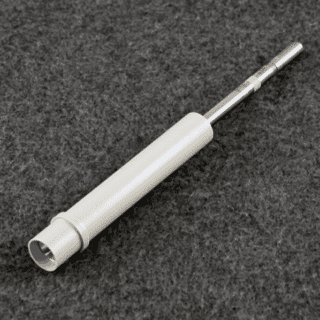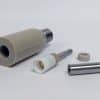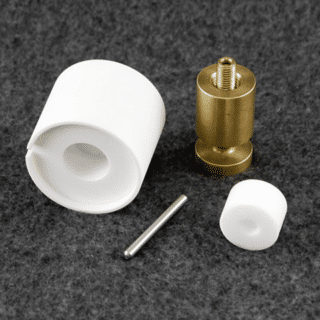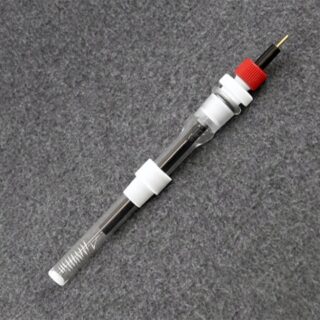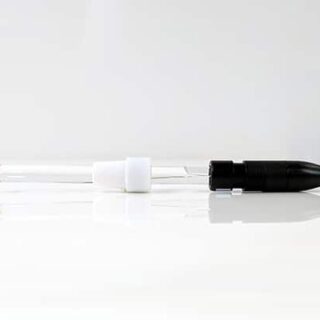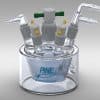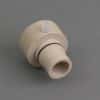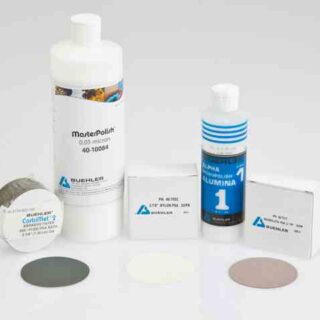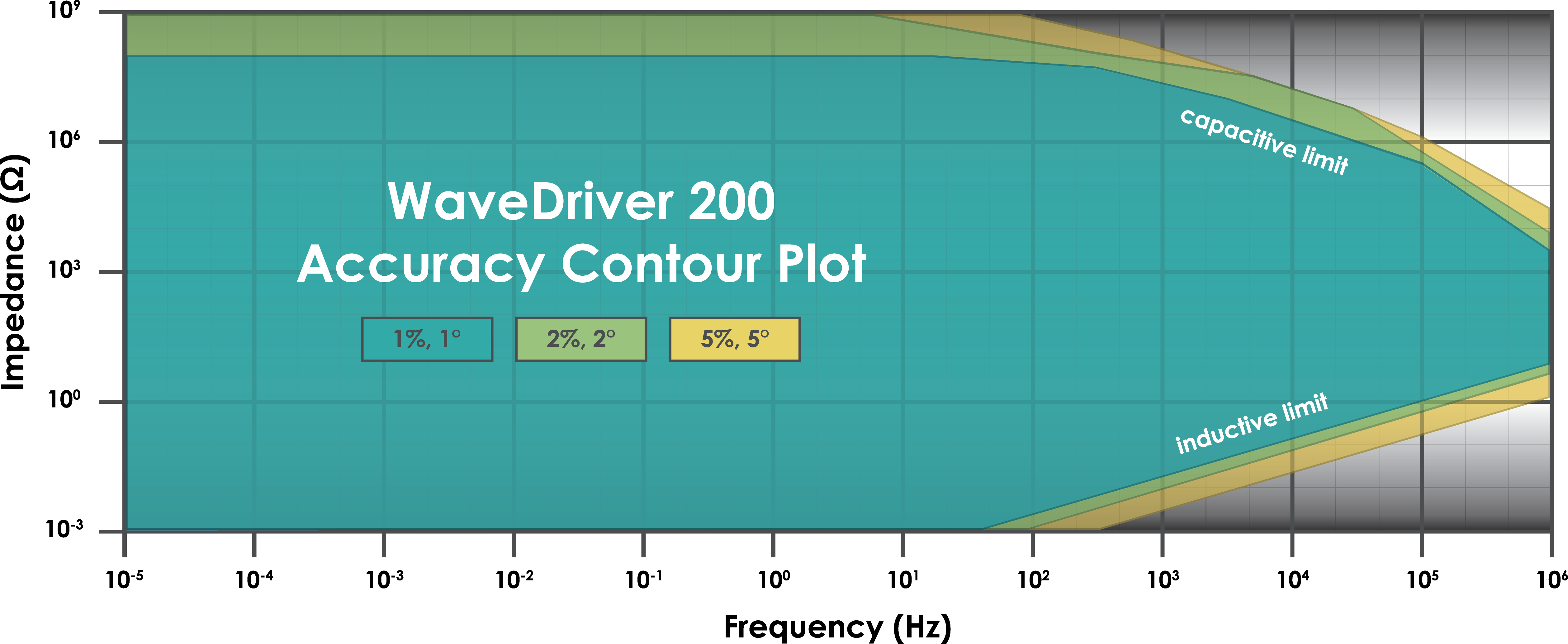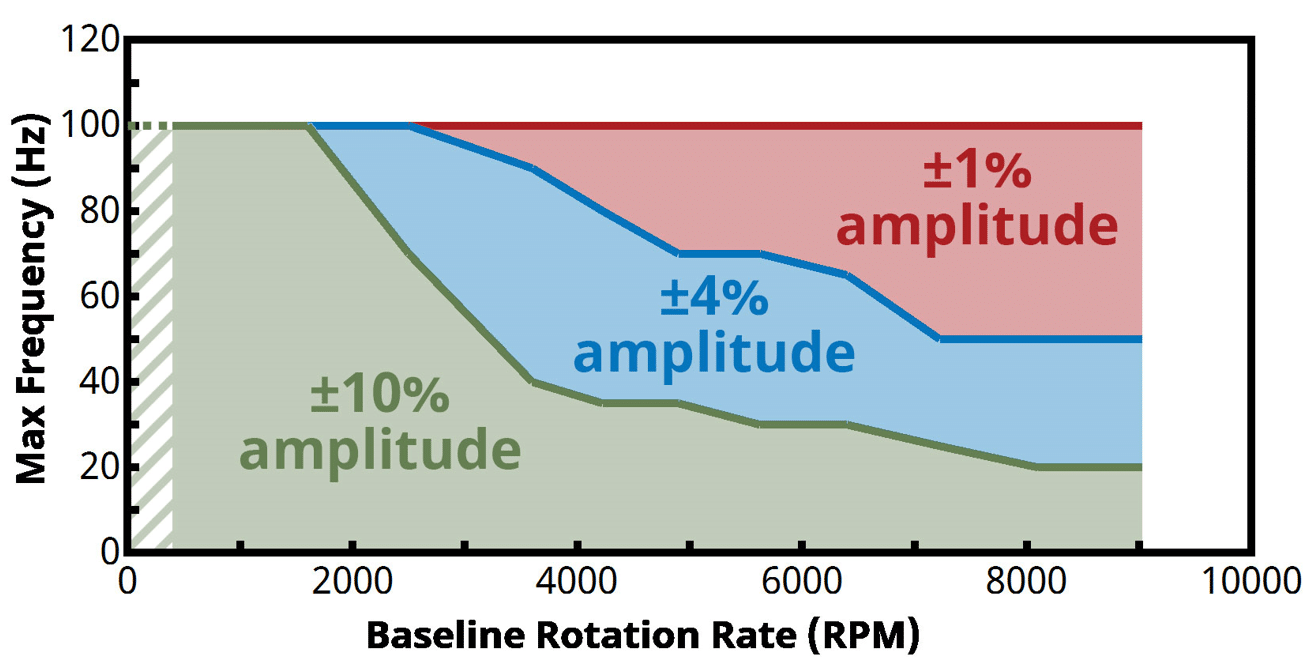Complete RDE System Bundle: WaveDriver 100, MSR evo, E5 Series RDE
Purchase this product bundle with confidence. The team at Pine Research ensures all components are compatible and designed to work together. This is a complete bundle of everything you need to get started with experiments today. This bundle includes:
- The WaveDriver 100 Electrochemical Workstation
- The MSR evo Electrode Rotator
- An E5TQ Series RDE tip with glassy carbon disk insert
- Additional essential components (see Bundle Products tab below).
This bundle is perfect for a new lab startup, adding a new methodology to your research program or industrial applications, and/or increasing electrochemical exerpiment capacity in your lab.
This is a product bundle, meaning several compatible products are included together. View the individual bundle products in the tab below.
Customers must be logged into their account to view prices. Not all regions provide pricing online. If you do not see prices, you can obtain them from the designated sales channel in your region.
We are not able to provide online pricing for your account. Please contact Pine Research Instrumentation, Inc., who is your local sales channel, to obtain pricing or a quotation from your designated agent.
Purchase this product bundle with confidence. The team at Pine Research ensures all components are compatible and designed to work together. This is a complete bundle of everything you need to get started with experiments today. This bundle includes:
- The WaveDriver 100 Electrochemical Workstation
- The MSR evo Electrode Rotator
- An E5TQ Series RDE tip with glassy carbon disk insert
- Additional essential components (see Bundle Products tab below).
This bundle is perfect for a new lab startup, adding a new methodology to your research program or industrial applications, and/or increasing electrochemical exerpiment capacity in your lab.
This product requires a power cord to connect to AC mains. Please specify the plug style used in your region when you order this product. We stock a variety of power cords.
Every purchase of a WaveDriver 100 electrochemical workstation includes a free one-hour online training session! Contact Pine Research to inquire about this free session.
All rotating electrodes, including RDE, RRDE, and RCE, have an assigned maximum rotation rate. The maximum rotation rate is specific to each electrode series. Do not exceed the maximum rotation rate when working with rotating electrodes.
Never exceed maximum rotation rate when working with rotating electrodes.
Avoid using this reference electrode with the following: NH3 buffers, sulfides, perchlorates, non-aqueous/organic solvents, and alkaline solutions stronger than 0.1M OH–.
PEEK dissolves with long exposure to concentrated acids.
Platinum wire is fragile. While it can be formed into a shape, repeated bending will cause the wire to break. In almost all cases, this is irreversible and cannot be repaired. Do not bend platinum wire.
WaveDriver 100 Electrochemical Workstation
The WaveDriver 100 Electrochemical Workstation is engineered to provide the essential hardware and software features you need at an affordable price. It supports a wide range of DC electroanalytical techniques as well as AC techniques such as Electrochemical Impedance Spectroscopy (EIS). It offers current ranges up to ±1 A, potential ranges up to ±15 V, advanced inputs/outputs, waveform filters, EIS up to 1 MHz, and iR compensation. The WaveDriver 100 is a high performance, single-channel, EIS-capable workstation ideal for use with stationary electrodes, RDE, and RCE.
AfterMath Blue - Data Acquisition, Analysis, and Organization Software
Licenses for our AfterMath® Blue software are included with the purchase of an Electrochemical Workstation. The licenses give you access to all of the AC and DC methods that the WaveDriver 100 can perform. Pine Research does not charge extra for various categories of electrochemical techniques. If the instrument is capable of a method, you have access to it (no hidden costs). Here are some unique features of AfterMath Blue:
- Instrument Control. When started, AfterMath automatically detects all compatible instrumentation attached to the computer and provides complete control over each instrument. It can simultaneously control multiple instruments and queue multiple experiments.
- Flexible Plotting. AfterMath offers a powerful "drag-n-drop" feature for quickly copying and moving traces between plots, with precise control over various plot settings.
- Scientific Units. Designed with scientific data in mind, AfterMath properly handles units, metric prefixes, and significant figures.
- Data Archiving. A unique XML-based file format allows multiple related experiments to be stored in a single archive file, simplifying file management.
- Tools and Transforms. Flexible tools allow precise measurement of quantities like peak height and area, with fundamental mathematical operations available on any trace.
Our talented team of engineers and chemists have taken a careful approach at integrating EIS into our Electrochemical Workstations. Our software engineering team has incorporated EIS equivalent circuit fitting directly into our AfterMath Blue software (no separate software required). Multiple curve fitting algorithms and options allow you to fit even the most troublesome data. Here are some of the exciting and novel EIS analysis features in AfterMath Blue:
- Integrated Curve Fitting and Analysis. Our software team has seamlessly integrated EIS curve fitting into AfterMath. Why work with more than one software application to fit your EIS data when you can do it using the very same software application that acquired the data? AfterMath EIS curve fitting utilities provide several analyses, including Circuit Fit, Transmission Line, and Kramers-Kronig. Unlike others, our fitting software also provides several fitting methods including Modified Levenberg-Marquardt (LM), Simplex, and Powell algorithms in addition to fitting options that include dynamic point selection, unity, and parametric fitting.
- Novel Transmission Line Fitting. AfterMath provides a unique approach to model your porous electrodes. While the transmission line model is not new, AfterMath provides you with some unique transmission line fitting tools. Instead of a static circuit, where you have no control over the elements of the model, we provide a very flexible basic model, from which you can customize nearly all aspects of the model to suit your system. Give it a try - import your three- or five-column EIS data directly into AfterMath and see the difference with our transmission line fitting.
- Finishing Touches. While fitting your EIS data, why flip back and forth between Nyquist and Bode plots? Why not be able to view both plots and fits simultaneously? We heard this feedback from many customers and have designed AfterMath to provide you with both plots simultaneously during fitting. You can also draw your own equivalent circuits to fit your particular system.
MSR evo Electrode Rotator
The MSR evo Electrode Rotator is an evoLUTION of the world's most popular rotator, the Modulated Speed Rotator (MSR). This flexible electrochemical instrument may be used with Rotating Disk Electrodes (RDE), Rotating Ring-Disk Electrodes (RRDE), and Rotating Cylinder Electrodes (RCE). The MSR evo Rotator is compatible with most international power configuration standards. The MSR evo Rotator shares many of the same technical specifications as the MSR, with a few exciting updates:
- Rotation range increase: 0 to 11,000 RPM
- Improved and revised control unit electronics, for improved stability.
- Updated control unit is smaller, modern, and better laid out.
- Added Pause/Run button to front panel (as found on the WaveVortex 10 Electrode Rotator).
- Bright LED display on front panel replaced old LCD.
- Continues to use the same RDE, RRDE, and RCE electrodes as the original MSR.
- New USB port on control unit allows for future integrations and features.
The rotation rate of the electrode may be adjusted using a control knob on the front panel of the motor control unit, or alternately, the rotation rate can be controlled via an output signal from an electrochemical workstation or third-party waveform generator. The rotation rate shines brightly on the new blue LED display on the control unit. The rotation rate is adjustable over a range from 50 to 10,800 RPM and is accurate to within 1% of the reading on the display. Rotation rate may also be monitored via an output signal proportional to the rotation rate, accesible on the control unit input/output connector.
The rotation rate may be controlled and modulated by a sine wave, square wave, or other externally generated waveform. The outstanding acceleration characteristics of the motor and its control circuitry allow the rotation rate to follow the control waveform with very little error. This feature is particularly desirable for techniques such as Hydrodynamic Modulation Voltammetry (HMV).
The rotator motor position is easily raised or lowered with respect to the cell platform, making immersion or removal of the rotating electrode tip quick and easy. The enclosure base is made from chemically resistant polypropylene, and the large enclosure window provides a good view of rotating electrode during operation.
E5TQ Series ChangeDisk Rotating Disk Electrode (RDE) tip
The E5TQ Series ChangeDisk Rotating Disk Electrode (RDE) tip is one of the most common RDE electrodes we offer. This tip features a 15 mm OD PEEK shroud and a removable hardware assembly, which permits the installation and removal of 5 mm OD disk inserts (Glassy Carbon disk insert included in this bundle). The tip threads into the Precision RDE/RRDE Shaft for E5, E5TQ, E6, E7, and E8 Series Tips, which is then installed into the MSR evo Electrode Rotator. Pine Research offers more electrode in more materials than anybody else. Check out all the other MSR evo compatible RDE tips we offer.

